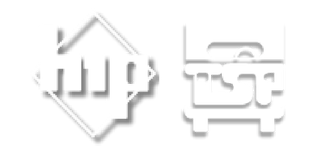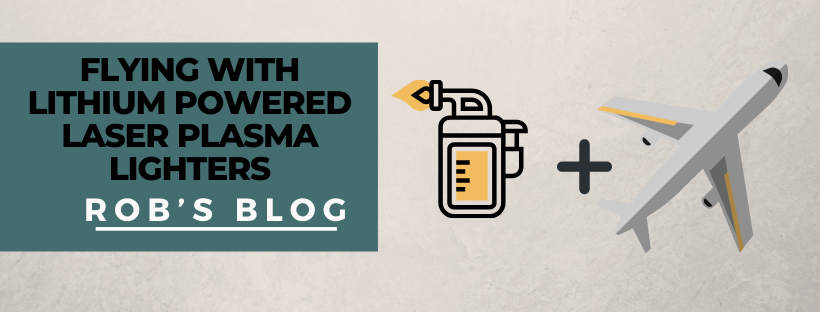Money, influence and power, unfortunately no, Hazardous Substance. So, I’m pretty confident when I say to you, “when you know, then you go by the Department of Transportation, DOT hazardous materials chemical’s amount, if you don’t know, go by the Environmental Protection Agency, EPA hazardous waste codes”.
I am talking about the 40 CFR, 302.4, EPA Hazardous Substance List, that was copied into DOT’s 49 CFR, Appendix A to the 172.101 Hazardous Materials Table, after it was charged by the Comprehensive Environmental Response, Compensation, and Liability Act of 1980 (CERCLA) to be use for identifying Hazardous Substances or Reportable Quantities in transportation, so that carriers would have the ability to notify the National Response Center (NRC) when reportable quantity releases occurred in transportation.
The Department of Transportation has no specific requirements or authority to notify the NRC when “reportable quantities” are released. Only, “RQ” notations and identification requirements on EPA hazardous waste manifests, bills of lading and non-bulk containers. Which is accomplished by marking the letters “RQ” and the name of the chemical or waste code, or in the case of mixtures the top two of those, with the lowest reportable quantity values, in association with the required shipping information.
OK, 49 CFR 171.16, makes shippers and carriers submit a detailed hazardous material incident report in the event any amount of hazardous waste is released from a container during transportation. However, that notification is only to the Department and can be made as late as 30 days after the release, again only when discovered during transportation. The EPA 302.4 hazardous substance release report is only the beginning. Facility operators also should be aware that EPA’s Part 355 mandates notification when spills mitigate off your site, to the Local Emergency Planning Commission and to 911 when they occur in transportation.
Sorry, background, if you didn’t know. This blog is only really about which “RQ” amount should be used when shipping hazardous waste on manifests, because not only chemicals, but some waste codes, like D001 ignitable, have their “own” reportable quantities listed in “Appendix A”.
Acetone is a DOT Flammable Liquid, in Class 3, because it flashes below 140 degrees, when shipped, but when discarded it could be a EPA listed spent solvent; F003, in 261.31 , in addition to; D001 in 261.21, (ignitable), which both share the same 100 pound, “RQ'' value. But then, unwanted off-spec Acetone, U002, in 261.33 and the product Acetone also both list a 5000 pound “ RQ”! So, what gives?
So, is Waste Acetone’s “RQ” value 100 pounds or is it 5000 pounds?
If you know, then you go by the chemical’s amount in your waste container, if you don’t, go by the waste code’s “RQ” value. At least that's what I think this Letter of Interpretation on the PHMSA website says.
EPA ignitable hazardous waste U002, unwanted pure Acetone, is always a hazardous material when shipped, because it’s a EPA hazardous waste and a flammable liquid. But I’m pretty sure, it may not always be a hazardous substance unless you ship in bulk containers or tanks, when you know the chemical amounts.
Note, when shipping by vessel or in any bulk container check out the 172.101 Appendix B, the List of Marine Pollutants, which are based on percentages in amounts of 1% to 10% for severe and non severe marine pollutants respectively, but another time.
Be Safe.
Robert J. Keegan
Publisher and President
Hazardous Materials Publishing Company
Transportation Skills Programs Inc
hazmat.tsp@gmail.com
NEW BOOK
Call, Pre-order and save on the New 2020/2021 Hazardous Material, Substances and Wastes Compliance Guide, with the DOT HM-215O International Dangerous Goods shipping revisions, Corrosive testing exceptions, the EPA Universal Waste Aerosol requirements and the OSHA Respirator Ambient Aerosol Fit Testing, all which are new!
ONLINE SEMINARS
Sign up now for a live online seminar, to train, become an instructor, or schedule a company wide multi location online compliance seminar. You tell us who, when, where and how long, then sign in, we do the rest.









